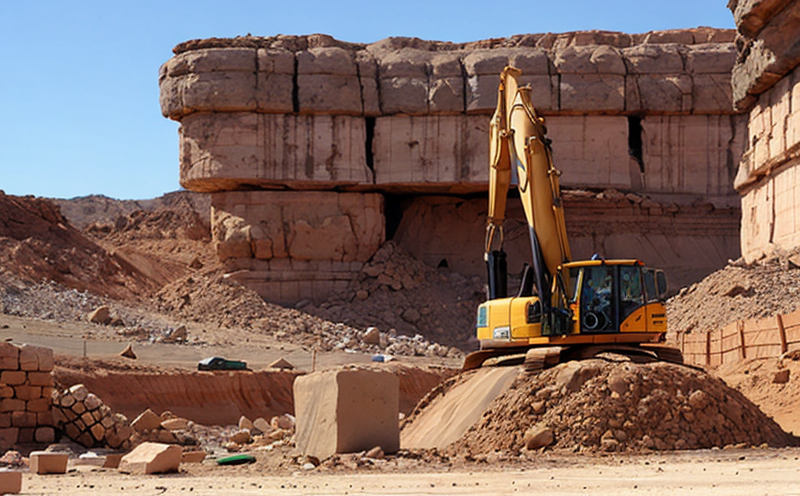ISRM Suggested Method for Determination of Water Content in Rock
The International Society for Rock Mechanics (ISRM) has recommended a method for determining the water content in rock, which is critical for understanding the physical properties and behavior of rocks under various conditions. This method ensures accurate measurement of water content, thereby providing reliable data that can influence numerous aspects of mining operations.
The ISRM's Suggested Method involves carefully preparing representative rock specimens and then measuring their mass before and after oven drying at a specified temperature (typically 105°C). The difference in mass represents the amount of water present. This approach is particularly useful for assessing the hydration levels in rocks, which can significantly impact the stability and performance during mining activities.
For accurate results, it's essential to follow standardized procedures closely. Specimens should be representative of the rock type being tested, ensuring that the sample size and shape are appropriate for the intended analysis. The oven-drying step must be conducted under controlled conditions to avoid any external factors influencing the outcome.
The importance of this method cannot be overstated as it helps in several critical areas within the mining sector:
- Evaluation of rock stability and integrity
- Assessment of potential slip surfaces during excavation
- Determination of safety factors for mine design and planning
- Prediction of groundwater flow patterns in the vicinity of mines
This method is widely recognized within the mining industry, aligning with international standards such as ISO 14697-2:2018. By adhering to these guidelines, laboratories can ensure consistent and accurate results across different projects.
| Step | Action | Details |
|---|---|---|
| 1 | Select Representative Specimens | Pick samples that are typical of the rock type to be tested. |
| 2 | Weigh Dry Specimen | Measure the mass of the specimen in grams before drying. |
| 3 | Oven Drying | Dry specimens at 105°C ±2°C for a minimum of three hours. |
| 4 | Weigh Oven-Dried Specimen | Measure the mass after drying and allow it to cool before weighing. |
| 5 | Calculate Water Content | Determine water content using the formula: (Weight Before Drying - Weight After Drying) / Weight Before Drying * 100% |
By employing this method, mining companies can make more informed decisions regarding resource extraction and environmental impact assessments. Accurate water content data is crucial for optimizing operational efficiency while minimizing risks associated with unstable rock formations.





